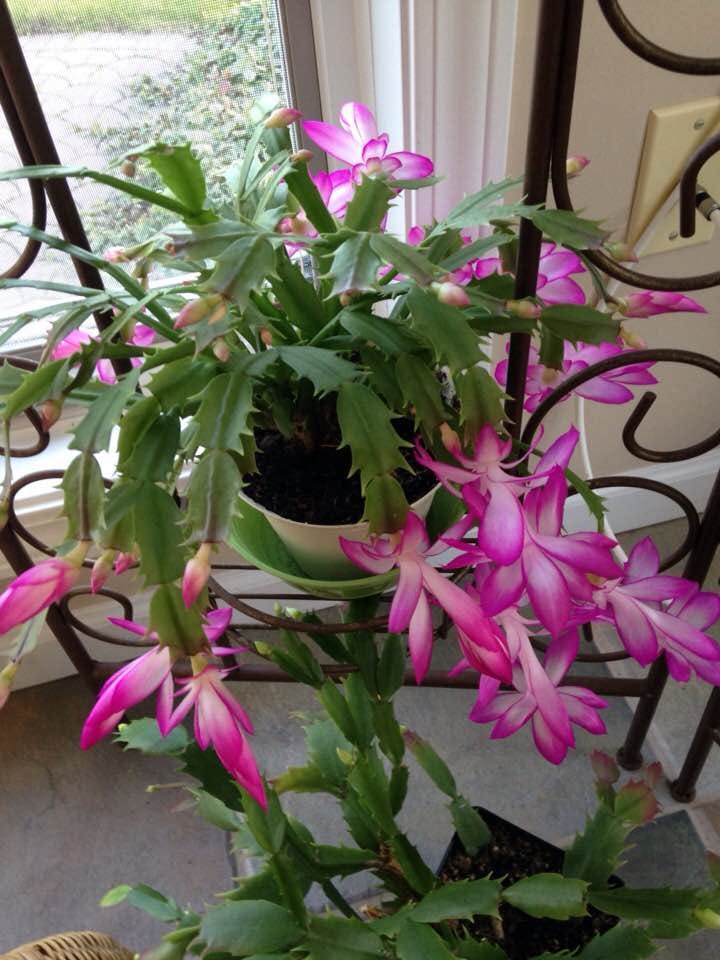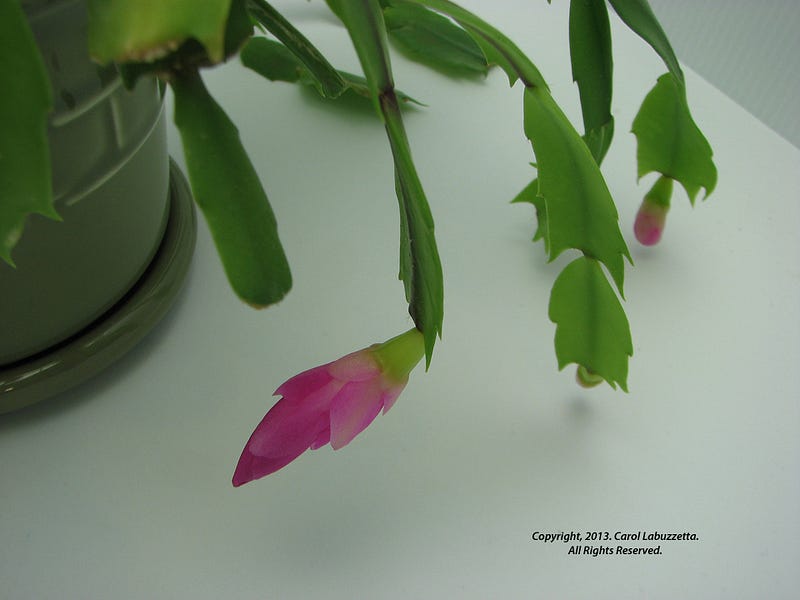Delightful Blooms: Understanding My Christmas Cactus Growth
Written on
Chapter 1: A Passion for Plants
As an avid gardener, I have amassed a variety of houseplants over the years. Among them, the Schlumbergera, often referred to as the Christmas or Holiday Cactus, holds a special place in my heart. My mother tends to numerous varieties of these plants on her screen porch, showcasing a spectrum of colors. This fondness for the Christmas cactus likely stems from my grandmother’s own passion for them.
However, my appreciation for these beautiful cacti truly blossomed when I embarked on teaching a garden club module focused on holiday plants. The enthusiasm of my students, aged 7 to 11, inspired me to continue this lesson for 14 consecutive years! To prepare for my classes, I delved into extensive research, leading me to discover the intriguing characteristics of the Schlumbergera.
Section 1.1: The Natural Habitat of Schlumbergera
This plant thrives in the Brazilian Rainforest, where it resides high in the canopy. As an epiphyte, it grows on other plants, predominantly trees, rather than in soil. This adaptation allows it to absorb nutrients and moisture directly from the air. The Christmas cactus flourishes in dappled bright light, avoiding direct sunlight, and during heavy rains, it benefits from the water collected in tree crevices.

Hummingbirds are the primary pollinators of these enchanting plants in their native habitat.
Section 1.2: Unique Characteristics of the Christmas Cactus
The Christmas Cactus is indeed a true cactus, lacking traditional leaves. What appears as leaves are actually stems adorned with flowers and rudimentary roots. Unlike many desert cacti, the Schlumbergera thrives in a humid environment and possesses a waxy coating on its stems to minimize water loss.
But why is my cactus blooming now? The answer lies in the photoperiod, or the length of daylight. This plant requires a lengthy period of darkness combined with cooler temperatures (between 55–65 degrees F) to initiate bud formation. It is sensitive to the photoperiod, needing less than eleven hours of light.
Chapter 2: Conditions for Blooming
Recently, in northern Wisconsin, shorter days and cooler nights have created the ideal conditions for my cactus to bloom. With darkness enveloping us by 6:30 p.m. and our home temperature set to a cool 65 degrees, the plant, which has enjoyed a sunny southern exposure since our move in July, has thrived. Remarkably, I often neglect to fuss over this plant, allowing it to flourish in a self-draining pot with infrequent watering, leading to an unexpected early bloom.
Watch this video to learn how to make your Christmas cactus bloom! It offers valuable care and propagation tips.
The Christmas cactus typically blooms around Thanksgiving, but this year it surprised me by flowering on my birthday, making it easy to remember its annual cycle. I have a strong feeling it will bloom again next year—a scientific prediction!

Section 2.1: Propagation and Gift Ideas
The Schlumbergera truncata, which I believe I possess, blooms during various times depending on light and temperature conditions. This plant is also easily propagated through cuttings. During one garden club session, I encouraged students to take cuttings from my older plants, allowing them to nurture their own at home, which they found thrilling!
Do you have a Christmas cactus? If so, what colors are its blooms? Here's a glimpse of mine:

Check out this informative video on caring for your Christmas cactus at home. It provides essential guidance to help your plant thrive.
The resources utilized for this article include:
- Schlumbergera: A genus native to tropical America and Brazil, commonly known as the Christmas cactus.
- Missouri Botanical Garden: Information on the native range and characteristics of Schlumbergera truncata.
If you enjoyed this article and wish to read more like it, consider joining Medium through my referral link, which supports my writing. You can also subscribe to my posts via email to receive updates directly in your inbox. Thank you for your interest!